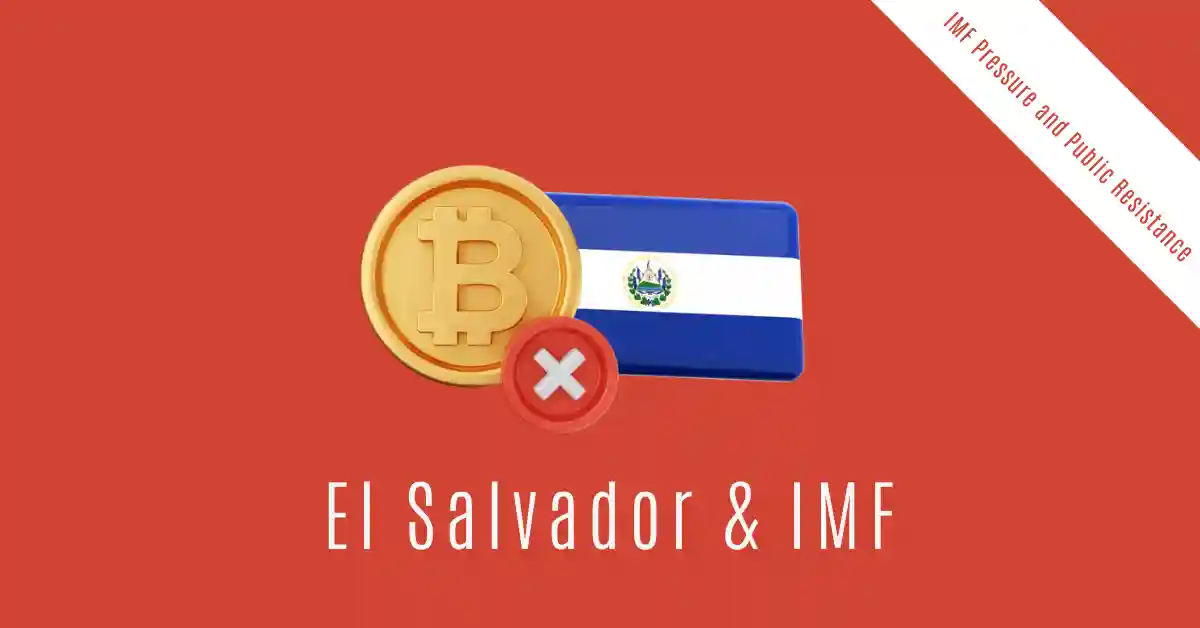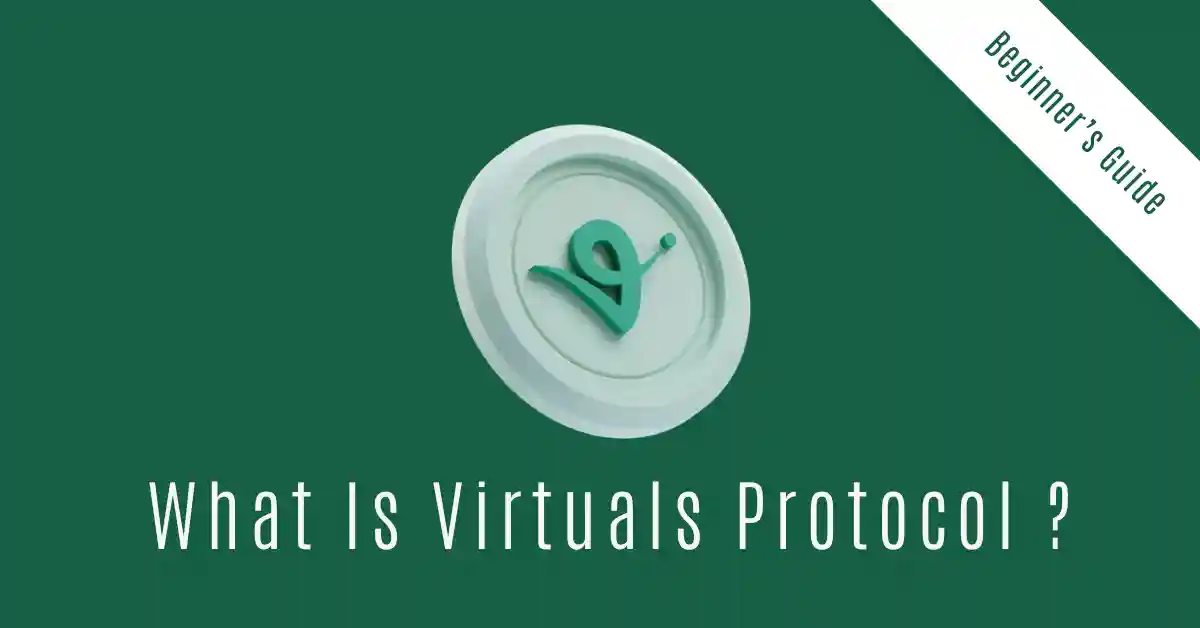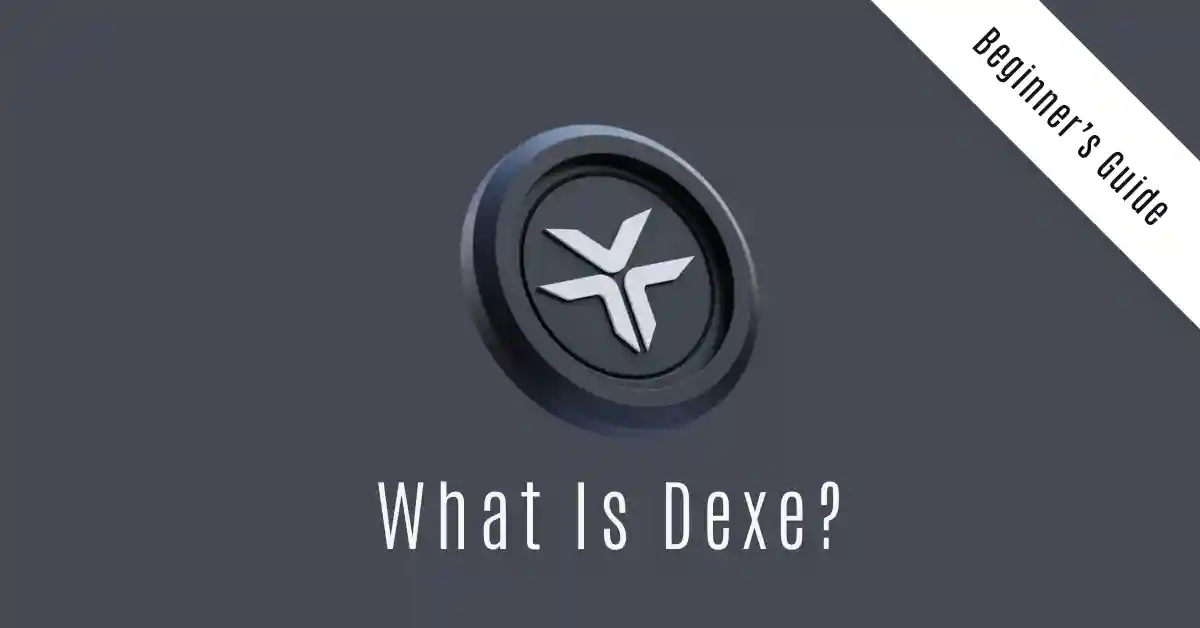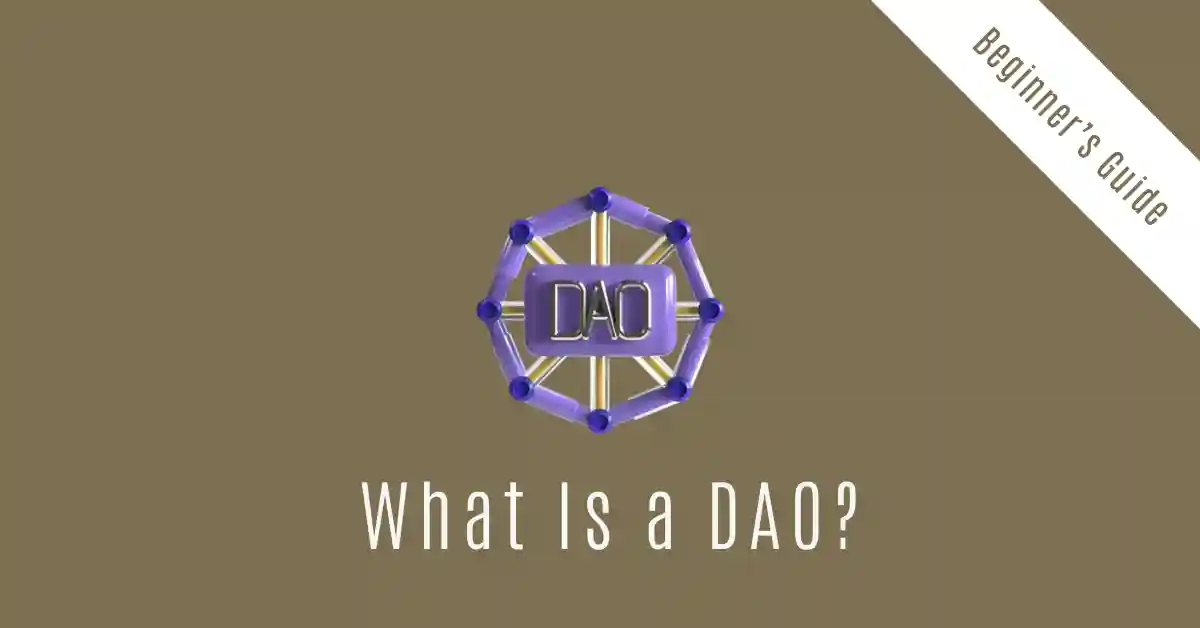
Imagine training an AI model without handing your data to Big Tech. Or earning crypto rewards for contributing computing power to a global neural network. This is the promise of decentralized AI—a movement merging blockchain technology with machine learning to democratize access, eliminate central control, and solve critical issues like data privacy and algorithmic bias.
But how does decentralized AI actually work? Why is it gaining traction, and what does it mean for the future of artificial intelligence? This guide breaks it down in simple terms.
What Is Decentralized AI?
Decentralized AI refers to artificial intelligence systems built on blockchain networks, where data, algorithms, and computational power are distributed across a peer-to-peer network instead of being controlled by a single entity (e.g., Google, OpenAI). Key principles include:
-
No Central Authority: Decisions are made via decentralized governance (DAOs).
-
Data Privacy: Training happens on local devices, not centralized servers.
-
Token Incentives: Contributors earn crypto for sharing resources (data, compute, models).
-
Transparency: Algorithms and transactions are auditable on-chain.
How Decentralized AI Works: A Technical Overview
1. Federated Learning
AI models are trained across decentralized devices (phones, laptops) without raw data leaving users’ hands. For example:
-
Apple’s Siri: Uses federated learning to improve voice recognition without accessing your recordings.
-
Bittensor (TAO): A blockchain network where miners train models locally and share insights for token rewards.
2. Blockchain Infrastructure
-
Smart Contracts: Automate payments and governance (e.g., paying contributors).
-
Data Marketplaces: Platforms like Ocean Protocol let users sell or share data securely.
-
Zero-Knowledge Proofs (ZKPs): Verify model accuracy without revealing sensitive data.
3. Decentralized Governance
Token holders vote on key decisions:
-
Which AI models to prioritize.
-
How to allocate network resources.
-
Protocol upgrades.
Decentralized AI vs. Traditional AI
| Factor | Traditional AI | Decentralized AI |
|---|---|---|
| Data Control | Centralized (Big Tech servers) | Distributed (users retain ownership) |
| Transparency | Opaque (“black box” models) | Auditable via blockchain |
| Bias Risk | High (biased training data) | Reduced via diverse, global data |
| Cost | High (cloud computing fees) | Lower (crowdsourced compute) |
| Monetization | Corporations profit | Users earn tokens for contributions |
Top 5 Use Cases for Decentralized AI
1. Healthcare
-
Problem: Hospitals can’t share patient data due to privacy laws (e.g., HIPAA).
-
Solution: Federated learning trains diagnostic models across institutions without data leaving their servers.
2. Finance
-
Problem: Fraud detection models rely on biased or incomplete data.
-
Solution: Decentralized networks like Numerai crowdsource predictions from global quants.
3. Content Creation
-
Problem: Artists lose control over AI-generated content.
-
Solution: Platforms like MidJourney explore NFT-based ownership for AI art.
4. Supply Chains
-
Problem: Lack of transparency in logistics.
-
Solution: AI models on VeChain track goods and predict delays via decentralized IoT data.
5. Climate Science
-
Problem: Centralized models underestimate regional climate risks.
-
Solution: Fetch.ai uses decentralized AI to optimize energy grids with local sensor data.
Benefits of Decentralized AI
-
Privacy Preservation
-
Data stays on users’ devices (e.g., federated learning).
-
ZKPs validate results without exposing raw data.
-
-
Reduced Bias
-
Models train on diverse, global datasets vs. narrow corporate data.
-
-
Cost Efficiency
-
Tap into underutilized computing power (e.g., home GPUs).
-
-
Censorship Resistance
-
No entity can manipulate or shut down models (e.g., unbiased news summarization).
-
-
User Empowerment
-
Earn tokens for contributing data or compute (e.g., Bittensor miners earn TAO).
-
Challenges and Risks
-
Scalability Issues
-
Blockchain networks like Ethereum handle ~15 transactions/second—too slow for real-time AI.
-
-
Energy Consumption
-
Training large models (e.g., GPT-4) requires massive compute, conflicting with blockchain’s green goals.
-
-
Regulatory Uncertainty
-
Who’s liable if a decentralized AI model causes harm?
-
-
Quality Control
-
Ensuring contributors don’t submit malicious or low-quality data/models.
-
-
Complex UX
-
Mainstream users struggle with wallets, gas fees, and DAO voting.
-
The Future of Decentralized AI
1. AI-Specific Blockchains
Networks like Bittensor (TAO) and SingularityNET (AGIX) are optimizing for machine learning tasks.
2. DePIN Integration
Decentralized Physical Infrastructure Networks (DePIN) will feed real-time IoT data to AI models.
3. Hybrid Models
Mix centralized and decentralized AI (e.g., ChatGPT plugins accessing on-chain data).
4. Regulatory Sandboxes
The EU’s AI Act may exempt decentralized projects from strict “high-risk” rules.
5. Quantum Resistance
Projects like QANplatform are building quantum-proof blockchains for future AI security.
FAQs
1. Can decentralized AI models match GPT-4’s performance?
Not yet—but Bittensor’s models rival GPT-3.5. Scalability and funding are key hurdles.
2. How do I earn money with decentralized AI?
-
Data Sharing: Sell non-sensitive data on Ocean Protocol.
-
Compute Mining: Rent GPU power to networks like Gensyn.
-
Model Training: Compete in Bittensor’s prediction markets.
3. Is decentralized AI more energy-efficient?
It depends. Federated learning reduces cloud costs, but blockchain consensus (e.g., PoW) adds overhead.
4. Can governments regulate decentralized AI?
Partially. They can target on-ramps (exchanges) but struggle to control peer-to-peer networks.
5. What’s the role of NFTs in decentralized AI?
NFTs certify ownership of AI models, datasets, and generated content (e.g., art, music).
6. Are decentralized AI models safer from hacking?
Yes and no. Blockchain immutability helps, but smart contract bugs (e.g., The DAO hack) remain risks.
7. How do DAOs govern AI behavior?
Token holders vote on ethical guidelines (e.g., banning deepfakes) and allocate resources to enforce them.
8. What happens if a decentralized AI goes rogue?
Decentralized kill switches (e.g., via multi-sig DAO votes) can disable harmful models.
Conclusion
Decentralized AI isn’t just a tech trend—it’s a paradigm shift toward equitable, transparent, and user-owned artificial intelligence. While challenges like scalability and regulation persist, projects like Bittensor and Ocean Protocol are proving that blockchain can fix AI’s biggest flaws: centralization, opacity, and exploitation.








